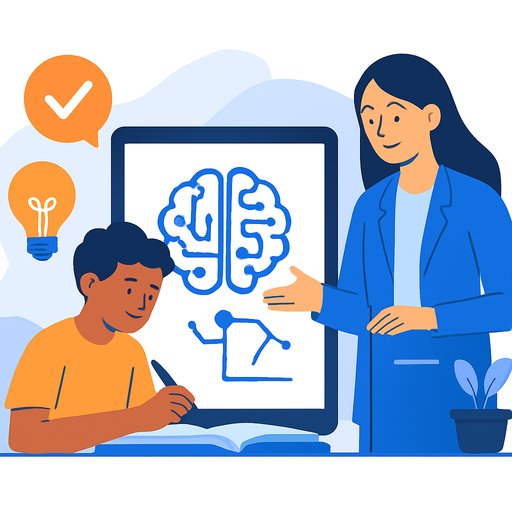Collaboration UMY-Telkom Continues: Thousands of UMY Students Prepared for AI Internships
Published: 23 October 2025 * 12:54
The UMY-Telkom partnership keeps moving forward, with thousands of UMY students set for internships in AI. For educators, this is an opening to connect coursework with real projects, real teams, and real outcomes.
Below is a practical blueprint you can use to structure placements, safeguard learners, and deliver value to industry partners without overextending faculty or resources.
Why this matters for educators
- Internships turn theory into deliverables students can show and explain.
- Industry partners get scoped projects completed; students get references and momentum.
- Departments get feedback loops to tune curricula to current tools and workflows.
What a high-quality AI internship program looks like
- Clear outcomes: each intern ships a portfolio artifact (notebooks, dashboards, automations) and a short reflection.
- Defined roles: data annotator, prompt engineer, ML ops assistant, AI product assistant, evaluation analyst.
- Tooling agreement: approved models, data sources, and repos; access levels documented from day one.
- Data and safety: privacy rules, red-team prompts, and model use limits set before work starts.
- Mentorship: one industry mentor plus one faculty advisor; weekly check-ins with written notes.
- Assessment: rubric covering problem framing, method, reproducibility, communication, and impact on the host team.
- Credit and recognition: academic credit or digital badges tied to the rubric.
Skills map to guide placements
- Core technical: Python/R basics, data cleaning, version control, SQL, notebooks.
- Applied AI: prompt writing, evaluation methods, retrieval basics, automation with APIs.
- Product and communication: requirement scoping, user stories, lightweight documentation, demos.
- Ethics and compliance: privacy, bias checks, provenance, and audit trails.
Selection and readiness checklist
- Pre-intern bootcamp: data literacy, prompt practice, and model safety.
- Baseline tasks: short take-home to assess fit for each role.
- Portfolio review: capstone, Kaggle notebooks, or small automations.
- Interview rubric shared with partners to keep standards consistent.
- Signed agreements: NDAs, data scope, device security policy.
Supervisor playbook (university and industry)
- Weekly sprint plan: goals, risks, and blockers captured in one page.
- Code and prompt reviews: focus on clarity, reproducibility, and evaluation.
- Demo cadence: short demos every two weeks to keep scope realistic.
- Feedback loop: 10-minute retro each week, logged and acknowledged.
Quality metrics to track
- Completion rate and on-time delivery.
- Artifacts produced and accepted by the host team.
- Measured gains: accuracy lift, latency reduction, or hours saved.
- Mentor ratings and student self-assessment.
- Follow-on offers, referrals, or extended projects.
Equity and access
- Paid placements where possible; scholarships where not.
- Hardware lending and cloud credits for learners without devices.
- Remote-first options to include more students.
Suggested 12-week structure
- Weeks 0-1: onboarding, security, tool access, starter tasks.
- Weeks 2-4: scoped pilot, clear acceptance criteria, early demo.
- Weeks 5-9: core project build, iterative tests, peer reviews.
- Weeks 10-11: hardening, documentation, handover plan.
- Week 12: final demo, evaluation, and recommendation letter.
Compliance and IP basics
- Define what data interns can touch, store, and share.
- State IP ownership and open-source policy up front.
- Log model versions, prompts, and datasets for auditability.
How educators can act now
- Map current courses to the skills above; fill gaps with short modules.
- Create two role tracks to start (e.g., prompt engineering and data evaluation).
- Draft a shared rubric and one-page project brief template for all partners.
- Pilot with a small cohort, measure outcomes, then scale.
Resources
- NIST AI Risk Management Framework - useful for setting safety and documentation standards.
- AI courses by job role at Complete AI Training - quick way to source prep material for different internship tracks.
The UMY-Telkom collaboration sets a clear signal: internships in AI are moving from pilot to standard. With the structure above, educators can place more students, cut admin overhead, and deliver results that partners will ask for again.
Your membership also unlocks:





